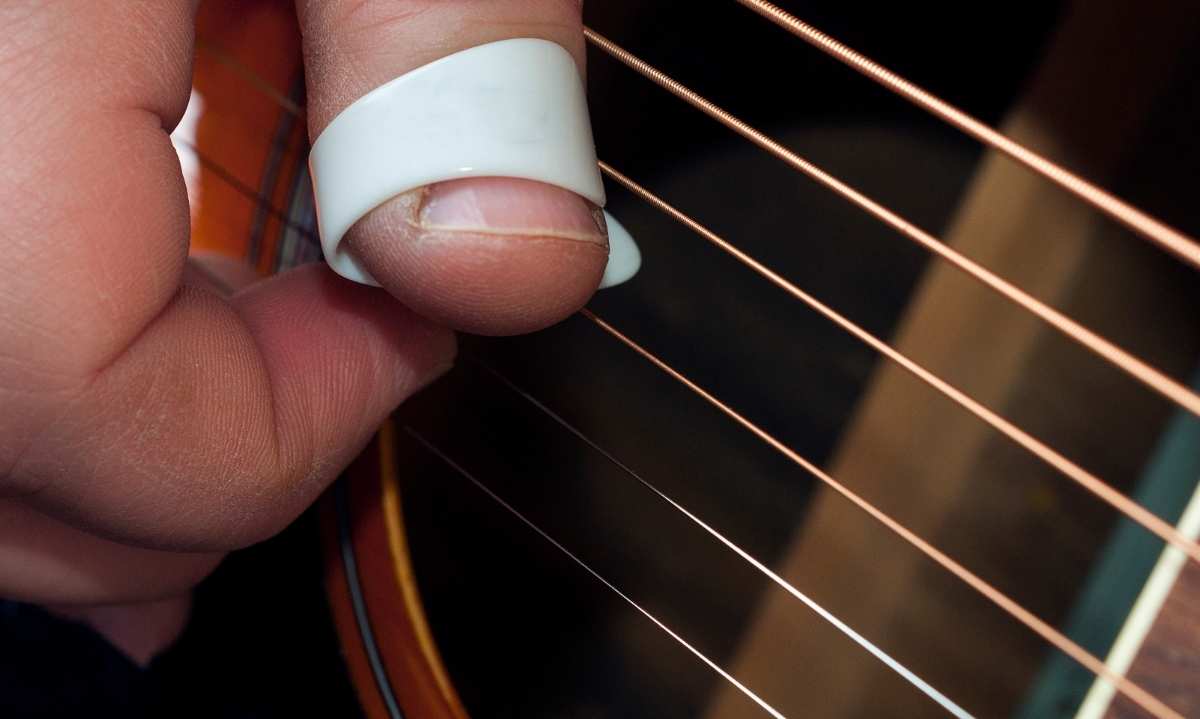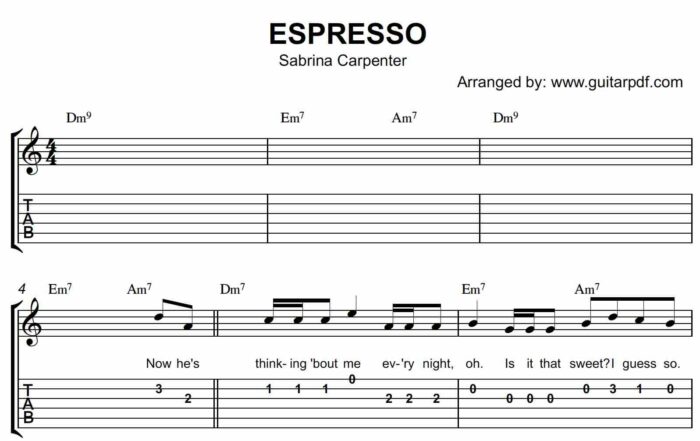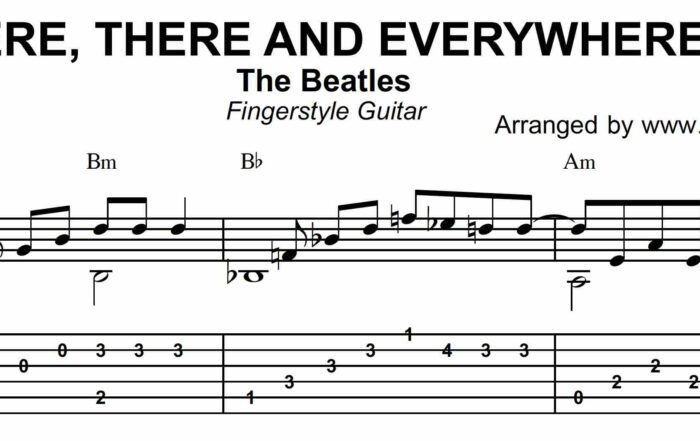Fingerstyle Guitar Patterns
If you’ve ever been mesmerized by the intricate fingerstyle guitar performances of artists like Chet Atkins or Tommy Emmanuel, you know that mastering fingerstyle patterns can elevate your playing to new heights. Fingerstyle guitar is more than just a technique—it’s an art form that combines rhythm, melody, and harmony into a cohesive performance. Whether you’re a budding guitarist or a seasoned player looking to refine your skills, mastering fingerstyle patterns can open doors to a world of musical expression.
Why Fingerstyle Patterns Matter
Fingerstyle patterns are the backbone of fingerstyle guitar playing. They provide structure and rhythm while allowing you to create rich, textured arrangements. These patterns help you achieve a balance between melody and accompaniment, giving you the freedom to play complex pieces with a single instrument. Mastering these patterns not only enhances your technical abilities but also expands your creative possibilities.
Getting Started: The Basics
Before diving into complex patterns, it’s crucial to establish a solid foundation. Start by getting comfortable with basic fingerstyle techniques:
- Plucking Precision: Ensure each finger is assigned to a specific string and practice plucking cleanly. For example, the thumb typically handles the bass strings, while the index, middle, and ring fingers take care of the higher strings.
- Finger Independence: Work on developing the ability to move each finger independently. Exercises that involve alternating fingers and strings can help build this essential skill.
- Rhythmic Consistency: Practice maintaining a steady rhythm with your thumb while your other fingers play melodic or harmonic patterns. A metronome can be a valuable tool in developing rhythmic precision.
Exploring Common Fingerstyle Patterns
Once you’re comfortable with the basics, it’s time to explore common fingerstyle patterns. Here are a few essential patterns to get you started:
- The Basic Fingerpicking Pattern:
- Pattern: Thumb (T) – Index (I) – Middle (M) – Thumb (T)
- Application: This simple pattern lays the groundwork for more complex variations. Practice it slowly, focusing on evenness and clarity.
- Travis Picking:
- Pattern: Thumb (T) – Thumb (T) – Index (I) – Thumb (T) – Middle (M)
- Application: Named after the great Merle Travis, this pattern alternates between bass notes and higher strings, creating a rhythmic drive that’s perfect for folk and country styles.
- Arpeggio Patterns:
- Pattern: Thumb (T) – Index (I) – Middle (M) – Ring (R)
- Application: Playing the notes of a chord sequentially adds a flowing, melodic quality to your playing. Experiment with different chord shapes and sequences.
Practicing Fingerstyle Patterns Effectively
To truly master fingerstyle patterns, consistent and mindful practice is key. Here are some tips to help you make the most of your practice sessions:
- Slow and Steady: Start by practicing patterns at a slow tempo. Focus on accuracy and evenness before gradually increasing the speed.
- Use a Metronome: A metronome helps you develop a steady rhythm and ensures that each pattern is played evenly. Start at a comfortable speed and increase gradually as you gain confidence.
- Isolate Difficult Sections: If a particular pattern or section is challenging, isolate it and practice it separately. Break it down into smaller parts and gradually piece it together.
- Incorporate Patterns into Songs: Apply the patterns you’ve learned to actual songs or compositions. This will help you understand how they fit within a musical context and enhance your overall playing.
- Record Yourself: Recording your practice sessions allows you to listen critically to your playing. Pay attention to areas that need improvement and track your progress over time.
Exploring Advanced Patterns
Once you’re comfortable with basic and intermediate patterns, you can explore more advanced techniques:
- Finger Rolls: Rolling your fingers across the strings in quick succession adds a smooth, flowing effect to your playing.
- Hybrid Picking: Combining fingerstyle with pick techniques allows for greater versatility and can create unique sounds.
- Tapping Patterns: Incorporating finger tapping into your fingerstyle playing can add an exciting dimension to your patterns.
Mastering fingerstyle guitar patterns is a journey that combines technical skill with creative expression. By understanding the basics, exploring common patterns, and practicing diligently, you’ll unlock new possibilities for your guitar playing. Remember, the key to mastery is consistent practice and a willingness to experiment. So pick up your guitar, dive into these patterns, and let your fingers create music that resonates with your unique style.







